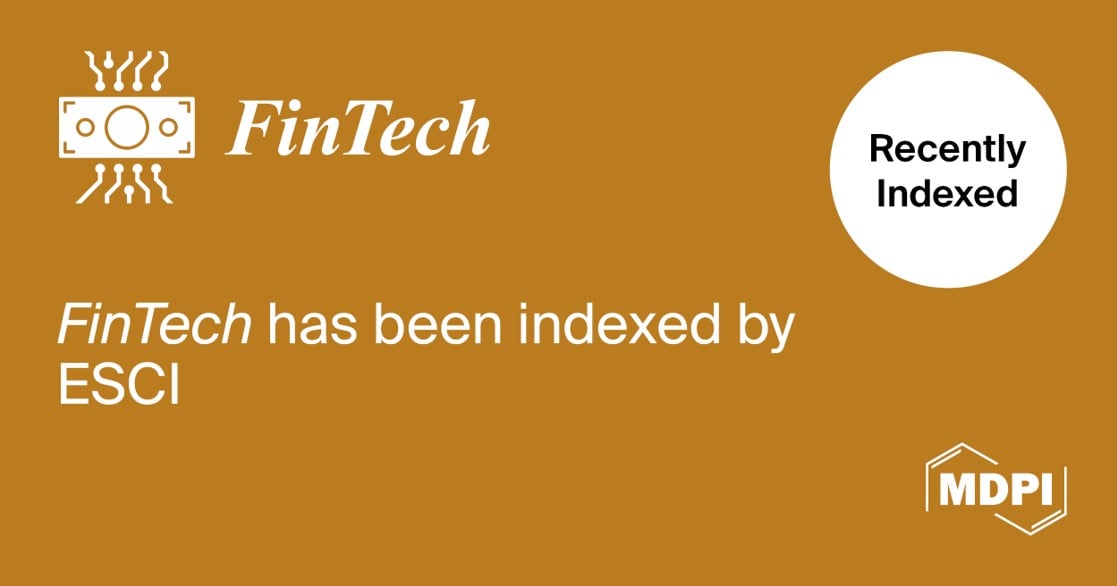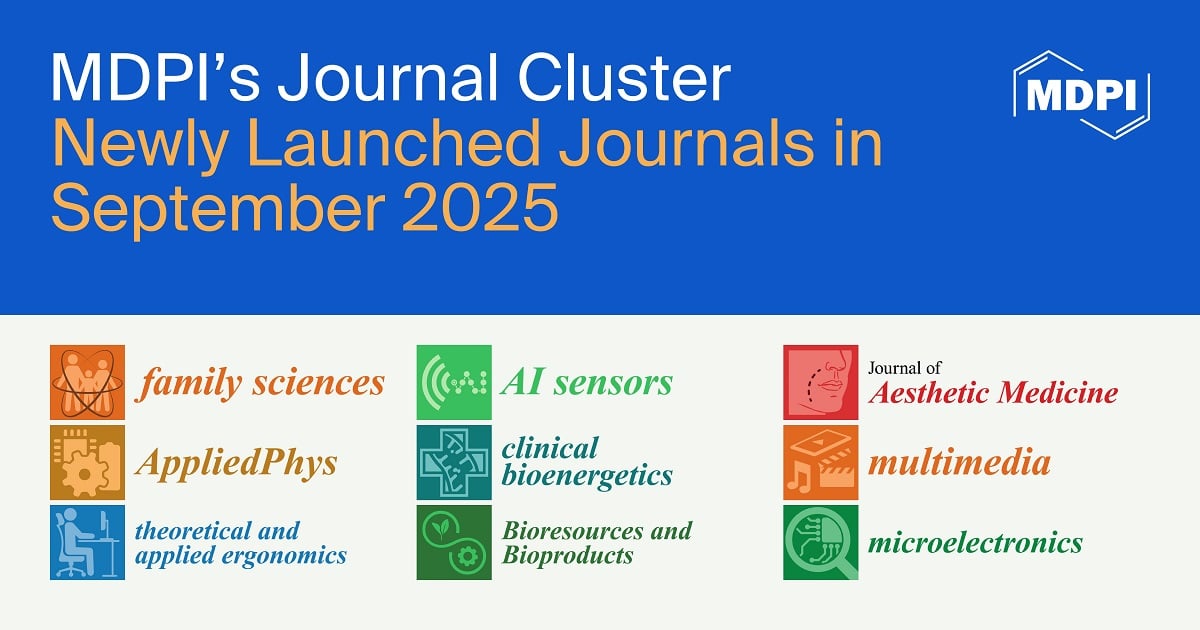-
 Determinants of FinTech Payment Services Adoption
Determinants of FinTech Payment Services Adoption -
 FinTech Adoption: Enablers, Barriers, and Bank Performance
FinTech Adoption: Enablers, Barriers, and Bank Performance -
 Multiscale Stochastic Models for Bitcoin: Fractional Brownian
Multiscale Stochastic Models for Bitcoin: Fractional Brownian -
 Quantum Cybersecurity for Accounting and Finance: Securing Systems in the Post-Quantum World
Quantum Cybersecurity for Accounting and Finance: Securing Systems in the Post-Quantum World -
 SEP and Blockchain Adoption in Western Balkans and EU: The Mediating Role of ESG Activities and DEI Initiatives
SEP and Blockchain Adoption in Western Balkans and EU: The Mediating Role of ESG Activities and DEI Initiatives
Journal Description
FinTech
- Open Access— free for readers, with article processing charges (APC) paid by authors or their institutions.
- High Visibility: indexed within ESCI (Web of Science), Scopus, RePEc, and other databases.
- Journal Rank: CiteScore - Q1 (Economics, Econometrics and Finance (miscellaneous))
- Rapid Publication: manuscripts are peer-reviewed and a first decision is provided to authors approximately 22.8 days after submission; acceptance to publication is undertaken in 4.6 days (median values for papers published in this journal in the first half of 2025).
- Recognition of Reviewers: APC discount vouchers, optional signed peer review, and reviewer names published annually in the journal.
Latest Articles
Highly Accessed Articles
Latest Books
E-Mail Alert
News
Topics
Deadline: 31 December 2025
Deadline: 31 December 2026
Conferences
Special Issues
Deadline: 31 December 2025
Deadline: 31 December 2025
Deadline: 20 January 2026
Deadline: 31 January 2026


























